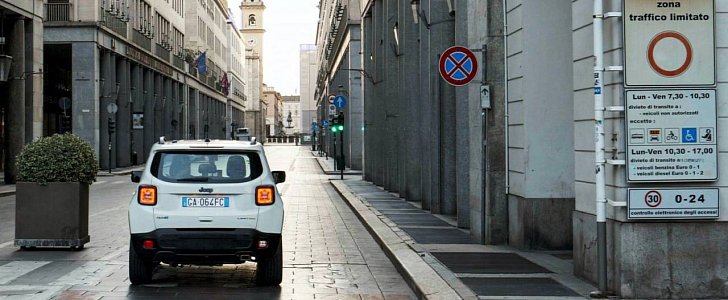Plug-in hybrid electric vehicles are a debatable subject at the moment, and you'd be surprised by who is the most vocal against them.
Considering their description contains the EV acronym, you'd think electric car owners would be the first to embrace their existence. But you'd be wrong. These people argue that PHEVs are nothing more than legacy carmakers taking their time to milk the internal combustion engine for as long as possible and posing as green and eco-friendly while doing it.
In theory, a PHEV is probably what everyone needs. It allows the owner to plug in the vehicle at home or at their destination and thus cover the 50-odd-miles daily commute on battery power alone. The heat engine is there as insurance and for use during longer road trips. In theory.
The factual evidence shows very few people charge up their PHEVs and solely use them as regular hybrids where the electric motor provides a little boost to help with fuel efficiency. However, in this scenario, the savings are nowhere near as great as the official consumption figures would suggest (which are based on a specific test cycle that relies on the battery being fully charged), and could even render the PHEV less efficient than a regular ICE vehicle.
Forcing PHEVs to switch off their engines when entering city centers - or other particularly congested or residential areas - could be a solution and, given today's technology, it would also be very simple to implement. In fact, FCA (Fiat Chrysler Automobiles) is currently testing to see whether such a system would be feasible in real life.
Under the tag of 'Turin Geofencing Lab', the team made up of various private and state-owned enterprises is using a fleet of Jeep Renegade 4xe PHEVs to test whether these types of vehicles could join full EVs in gaining access to emission-free zones within cities.
Of course, all this depends on the PHEV having enough charge to switch to electric mode. It's not clear what will happen if the driver decides to switch back to hybrid mode while inside one of the restricted traffic areas (Zona a Trafico Limitato or ZTL) provided the project gets the green light, but you can probably expect a fine of some sort.
People don't usually like being coerced into doing things one way or the other, but at the end of the day, accessing a ZTL is entirely optional. The whole goal of the scheme is to enable more vehicles to use these areas while making sure they stick by the rules by effectively turning PHEVs into temporary EVs.
For everyone inside that ZTL, this probably sounds great. However, if owners continue to neglect charging their PHEVs from the grid, their only solution is charging the batteries on the fly using the on-board engine. In other words, there would be no improvement to overall emissions, they would just move them outside certain urban regions. Good, but not great.
In theory, a PHEV is probably what everyone needs. It allows the owner to plug in the vehicle at home or at their destination and thus cover the 50-odd-miles daily commute on battery power alone. The heat engine is there as insurance and for use during longer road trips. In theory.
The factual evidence shows very few people charge up their PHEVs and solely use them as regular hybrids where the electric motor provides a little boost to help with fuel efficiency. However, in this scenario, the savings are nowhere near as great as the official consumption figures would suggest (which are based on a specific test cycle that relies on the battery being fully charged), and could even render the PHEV less efficient than a regular ICE vehicle.
Forcing PHEVs to switch off their engines when entering city centers - or other particularly congested or residential areas - could be a solution and, given today's technology, it would also be very simple to implement. In fact, FCA (Fiat Chrysler Automobiles) is currently testing to see whether such a system would be feasible in real life.
Under the tag of 'Turin Geofencing Lab', the team made up of various private and state-owned enterprises is using a fleet of Jeep Renegade 4xe PHEVs to test whether these types of vehicles could join full EVs in gaining access to emission-free zones within cities.
Of course, all this depends on the PHEV having enough charge to switch to electric mode. It's not clear what will happen if the driver decides to switch back to hybrid mode while inside one of the restricted traffic areas (Zona a Trafico Limitato or ZTL) provided the project gets the green light, but you can probably expect a fine of some sort.
People don't usually like being coerced into doing things one way or the other, but at the end of the day, accessing a ZTL is entirely optional. The whole goal of the scheme is to enable more vehicles to use these areas while making sure they stick by the rules by effectively turning PHEVs into temporary EVs.
For everyone inside that ZTL, this probably sounds great. However, if owners continue to neglect charging their PHEVs from the grid, their only solution is charging the batteries on the fly using the on-board engine. In other words, there would be no improvement to overall emissions, they would just move them outside certain urban regions. Good, but not great.


